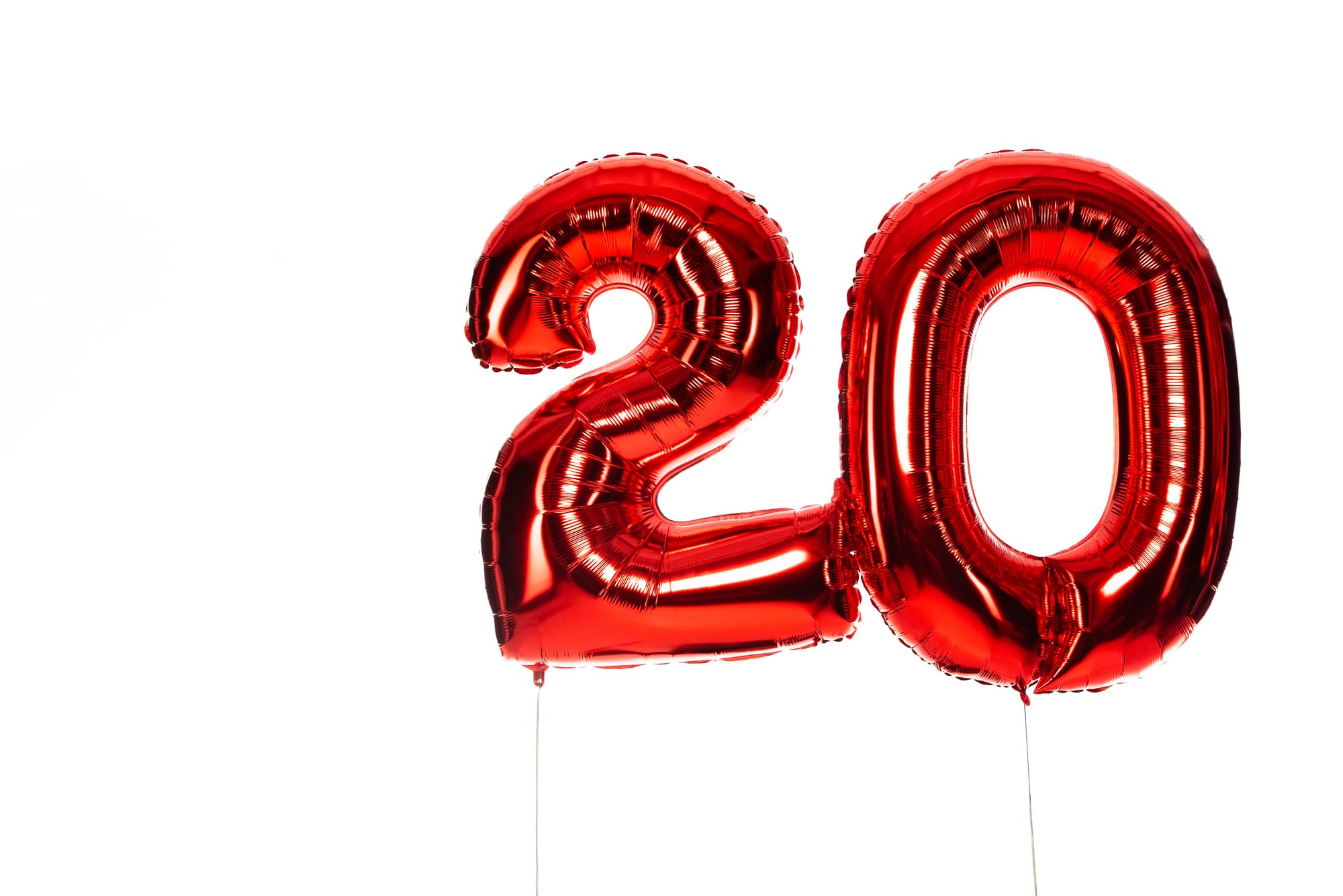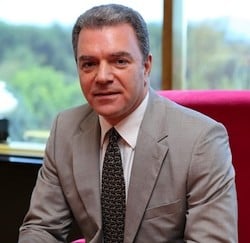While the jury is still out on whether the benefits provided by high-frequency trading exceed the costs, but buy side traders are adopting a pragmatic approach which employs a combination of automated and human-based strategies.
“In stocks where liquidity tends not to be a problem, scheduled trading algorithms or straight DMA tends to be the easiest and cheapest way to source liquidity,” said Alex Hagmeyer, U.S. equity trader at Franklin Templeton Investments.
There is a considerable library of academic literature on HFT and critics have focused on qualitative issues concerning fairness and systemic risk, according to a paper by the World Federation of Exchanges (WFE).
While the rules concerning HFT are clearly defined on transparent or ‘lit markets’ such as exchanges, it is difficult to find rules or statistics about the ways that HFT is used in some dark pools, over-the-counter markets, and by brokers who internalize their order flow.
These questions have pushed both exchanges and regulators to ever greater vigilance.
“Exchanges have enacted many safeguards to ensure orderly markets. The WFE is committed to coordinating information and sharing principles among market operators on surveillance and risk management practices which may also be applied to HFT,” said Hüseyin Erkan, CEO of WFE.
It’s important that regulators base any new regulation of automated trading on sound empirical analysis, and appropriately consider the impact of any new regulation on market quality and market efficiency, according to WFE.
Germany has been a frontrunner in efforts to regulate HFT, but any financial regulation proposal is subject to legislation at the European Union level and could theoretically be preempted by future EU reforms like the MiFID II, expected in 2015.
The Act for the Prevention of Risks and the Abuse of High Frequency Trading, or HFT Act, includes more definition around algorithmic trading activities than the German Banking Act it could replace. The HFT Act has been adopted by the German Parliament and will next be signed into law by the federal president; enforcement would commence within a three-month transition period.
While estimates of the penetration of HFT vary across asset classes, it’s clear that trade execution has broadly become more automated, and in markets where automated trading and advanced technology have been prevalent for some time, HFT forms a large part of market activity.
Today’s exchange markets are unquestionably faster, more transparent and more efficient than the market structures that preceded them. The substantial majority of the empirical research has concluded that HFT has had measurable beneficial impacts on a variety of core market quality metrics, including tighter spreads, increased liquidity, more efficient price formation, reduced transaction costs for market participants and lower market volatility in most circumstances, said WFE.
In less liquid stocks, sourcing liquidity is more challenging and other channels must be used to avoid unnecessary signaling.
“In these types of stocks, the mindset of the trader is completely different: in order to avoid a footprint, traders must tactically manage their orders and be willing to reassess their trading strategy throughout the life of the order. Agency-only sales traders, electronic crossing networks and capital commitment are avenues to source block liquidity, all of which increase the shares-to-signal ratio,” said Hagmeyer of Franklin Templeton Investments.
HFT was estimated in 2012 by Tabb Group to make up 51% of equity trades in the U.S., and 39% of traded value in the European cash markets.
HFT, like automated trading more generally, “represents the rational evolution of electronic markets as participants adapted to new market structures to optimize the quality, speed and operational efficiency of trade execution,” according to WFE.















